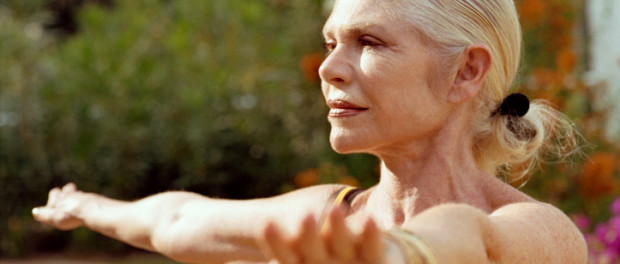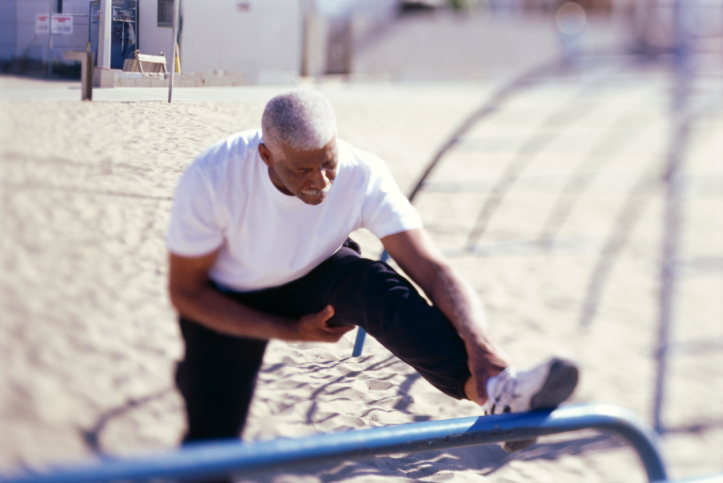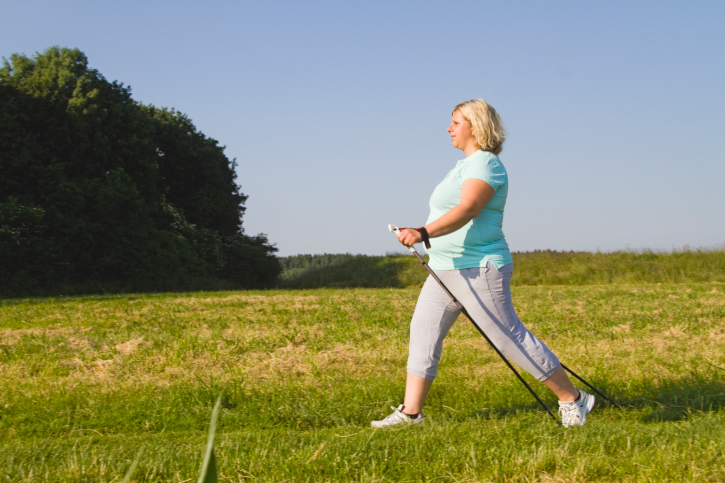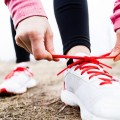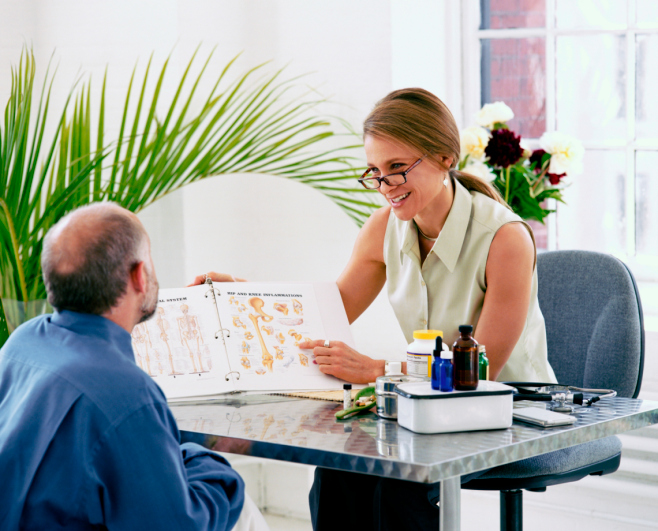Ease Into Exercise
By Robert Ehrman, MD
Are you someone who exercises every day? Even if you’re not, you probably know that physical activity is an easy way to improve your overall health. Getting regular exercise can help you lose weight and lower your risk for many conditions, including diabetes, high blood pressure, and heart disease.
Maybe you know someone who is really good at fitting regular physical activity into their day. Does this inspire you to get moving? Or, maybe watching the Olympics has made you want to get off the couch and get fit. The first step to getting in shape is deciding to do it. According to experts, when you’re just starting out, it’s important that you ease into your exercise plan by starting slow.
The first step
When starting a new exercise program, the first thing you should do is talk with your healthcare provider about your plans. This way, you can make sure that it’s safe for you to start being physically active.
If you have certain medical conditions, like heart failure, your healthcare provider might only want you to do certain kinds of exercise, and not others. He or she might want you to avoid some types of activity if it may hurt you or worsen your condition.
What comes next?
After your healthcare provider has said that it’s safe for you to exercise, the next step is getting started. Here are some simple steps you can take to help you get moving:
- Decide what kind of activities you like doing, or want to start doing. Making a list can help.
- Try to get friends or family members to join you, as exercising with someone else can help make it more fun. You can also ask them what activities they like to do, and see if they’ll let you join them.
- Make a workout schedule. If it’s written down as part of your daily plan, it’ll be harder for you to skip it.
- Set goals for yourself, but make sure they’re realistic. For example, your first goal might be to do 10 minutes of activity, 3 days a week, for 1 month. Your next goal could be to increase your activity level to 20 minutes a day, 4 days a week.
- Let everyone know about your plan to get active. Getting support from your friends and family can help keep you on track.
The keys to success
According to exercise experts, the biggest mistake many people make is starting at full-speed. If your body isn’t ready for an activity, you can easily injure yourself. The muscles you need to do the activity won’t have been strengthened yet if it’s your first try! Plus, when you’re just starting out, you’ll get tired and sore more easily. This can make you feel frustrated or want to quit.
Instead, ease into your new lifestyle by trying new activities for only 10-15 minutes at a time. Do this for the first few weeks, and then slowly increase the amount of time you spend at them. Remember, you need to rest between exercise sessions so that your body has time to adjust to your new activity level.
It’s important to try a few different types of activity so that your muscles don’t get too tired from doing the same thing over and over again. This will also keep things new and exciting for you.
When you are just starting out, you might feel some aching or soreness in your muscles after a workout—this is normal. It will usually go away after a day or two of rest. However, if you ever have pain, or feel a “pop” in your joints, you should stop exercising right away and see your healthcare provider as soon as you can.
The take home points
- Being physically active is one of the best things you can do for your health.
- Before starting an exercise plan, talk to your healthcare provider to be sure that it’s safe for you to do.
- Make a plan for being active. Decide what activities you want to do, set goals for yourself, and ask family and friends to join in and support you.
- When starting out, be sure to take it slow. Trying to do too much, too soon can lead to injury and frustration.
- A small amount of soreness in your muscles is normal when you’re exercising and should go away with a day or two of rest.
- Stop exercising right away and contact your healthcare provider if you have pain when exercising.
- Stay focused and stay positive—you can do it!
Source:

